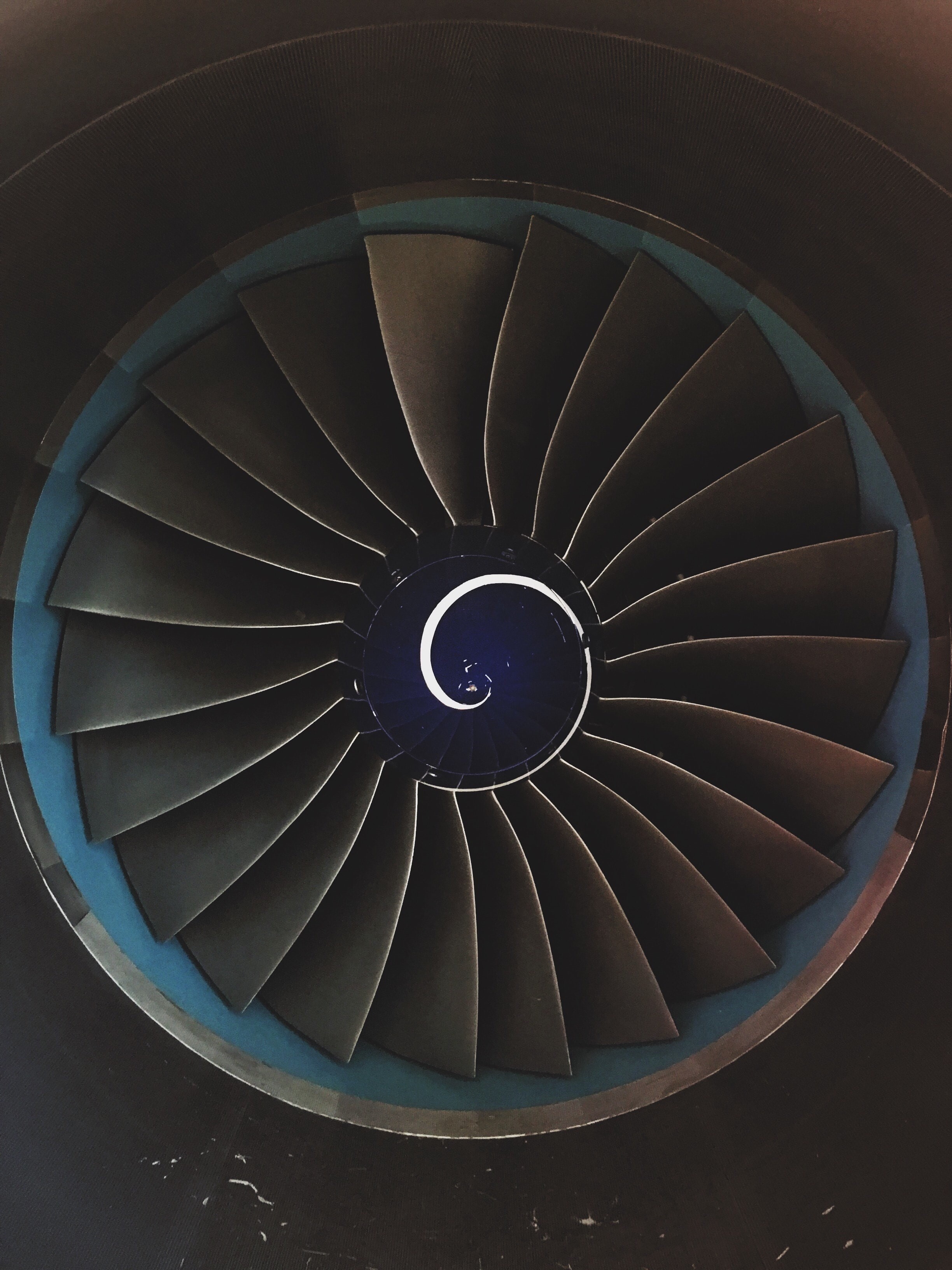Since the establishment of nation-states, and especially since the late 18th Century, governments around the world have looked to maintain a quantitative military edge as a means of deterrence and preparedness for military conflict as well as protection of economic interests. Historically, but particularly starting with World War II and the subsequent onset of the Cold War, conserving a military advantage requires enormous financial commitments including investments in research and development and massive long-term defense contracts. As national and global defense industries have privatized – a trend that accelerated from the 1970s to the present - persistent spending on military equipment and the development of new technologies presents a unique opportunity for investors.
The Russia-Ukraine war is the largest recent example of the traumas and economic burden that war and military conflict can cause. This brutal war is undeniably a humanitarian crisis and presents challenges for governments and investors, alike. Military supply chains are being put to the test, and governments are forced to respond quickly in what has evolved to be a costly conflict in terms of both loss of lives and finances. However, without the advancements in military technology, it would be significantly more difficult for Ukraine to defend against such an invasion. While it is a difficult topic to think of in financial terms, the war in Ukraine is a reminder of the vitally important role that defense-related companies play in the economy and financial markets.
In this paper, we provide insight into how investors can navigate investment opportunities and related risks by tracking global pure-play defense companies via the MarketVectorTM Global Defense Industry Index (MVDEF). The defense industry offers investors a versatile diversification tool that is tied to geopolitical events and trends. Short-term defense spending around international conflicts, and long-term budgeting to preserve military technological advantages work to sustain demand for military equipment and services leading to the larger top and bottom lines. Additionally, military companies often have deep-rooted contracts with governments, which aids the stability of revenue streams. Finally, numerous breakthrough technological and industrial innovations of the last half century were either developed by - or initially used by - militaries or defense-related companies.
Get the latest news & insights from MarketVector
Get the newsletterRelated:




